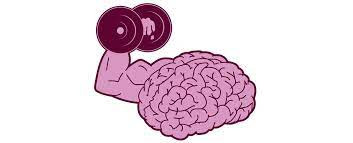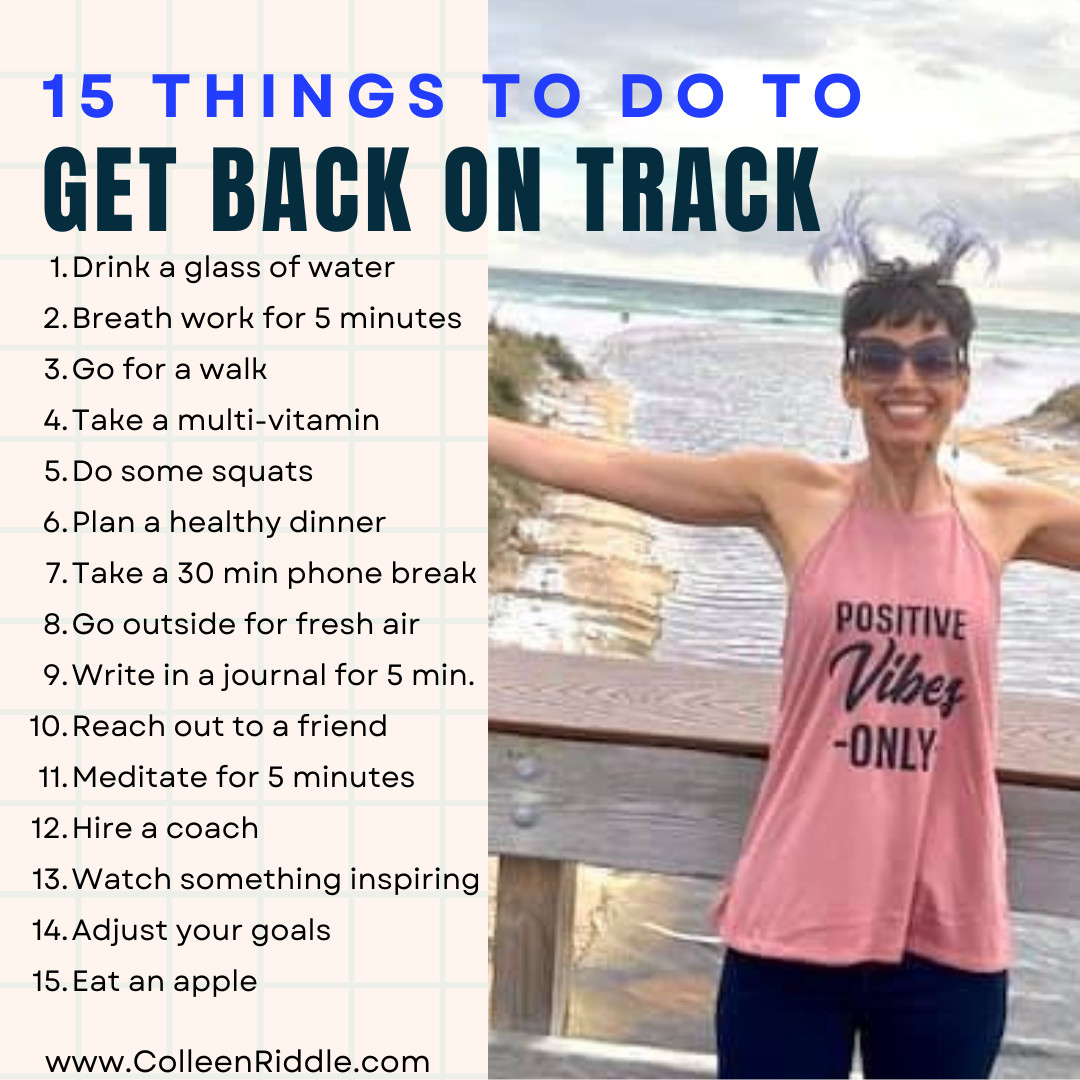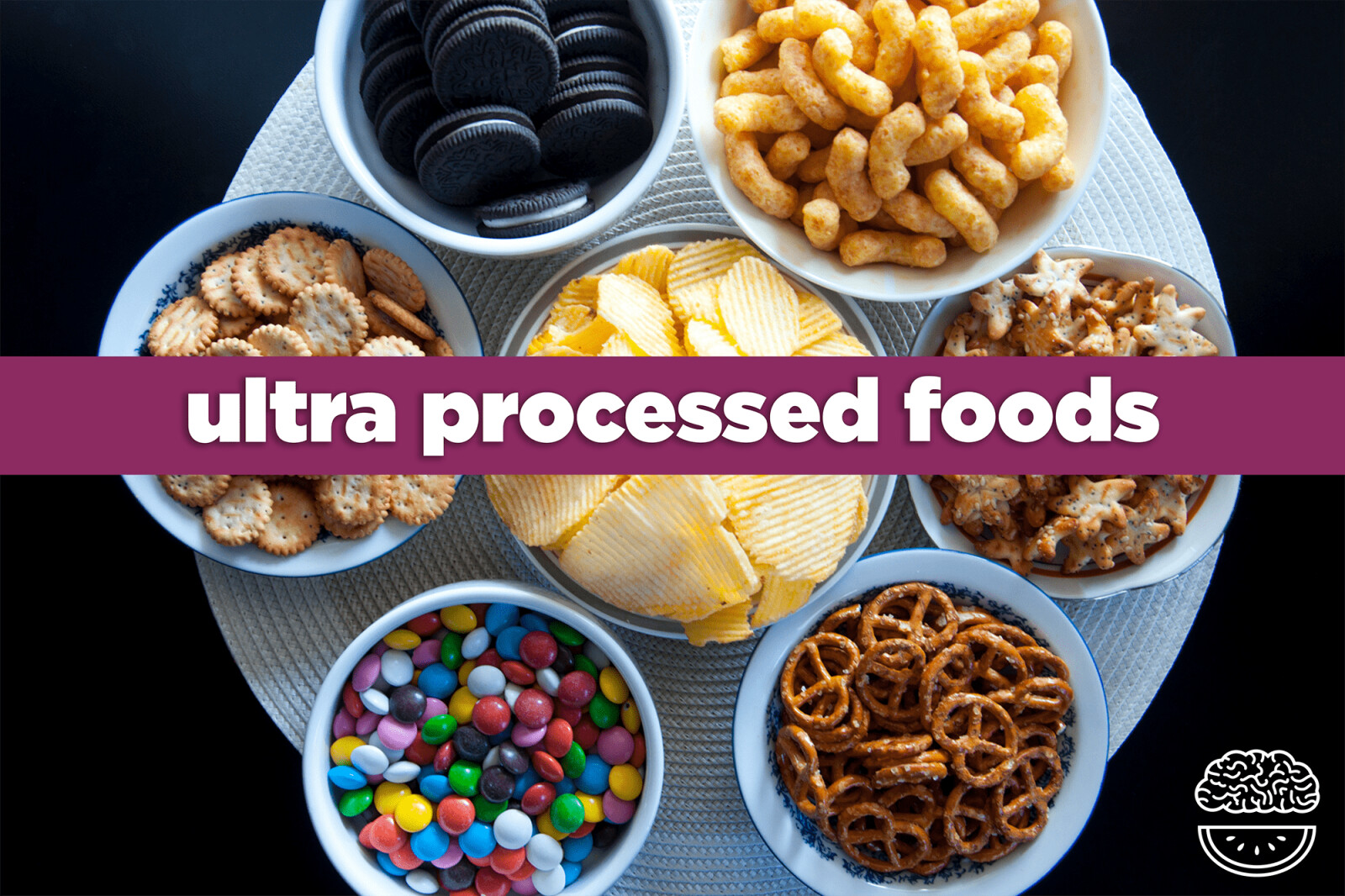
This month I want to focus on one of the MOST IMPORTANT THINGS you can do when it comes to getting ACTUAL results.
And this one thing will also help:
- Your health
- Your workout/sports performance
- Up your energy levels
- Reduce painful joints
- The quality of your skin and hair
- Your heart
- Your brain
- How you feel now and into the future.
Big stuff, right?!
It has to do with what you EAT. If you've known me for a while, you've probably heard me say, "You can't out train a bad diet!"
Because there’s a direct line between your food intake and EVERY one of the things on that list (plus a lot more).
This isn’t groundbreaking news. But …
There might be something specific standing in your way of putting it into action.
FACT: There’s a type of food specifically engineered to make you crave more of it.
And this food product is also crammed with some of the worst things for your body that you can eat: added sugars, unhealthy fats, salt, and loads of extra (empty!!!) calories.
→ It’s “Ultra-Processed Food” – cookies, chips, donuts, candy bars, sweetened cereals, sweetened granola bars, fried chicken, white bread, mashed potato flakes, etc. – and many scientists agree it’s ADDICTING.
And even if it’s not ACTUALLY addicting, studies have found these “foods” stimulate the reward pathways in your brain the same way some drugs do.
So, not only is this “food” NOT GOOD for you, it makes you crave even MORE of it.
This is a huge area of research right now.
I put quotes around “food” because it actually bears very little resemblance to real food. It has basically been stripped of its nutrition (fiber and micronutrients).
I have a LOT of great info coming for you about these “foods” and shifting away from eating them.
BUT FIRST … it all starts with AWARENESS.
Start paying attention to what you’re craving (and what foods you are eating). Keep track!
Write down what you’re craving, and also when. Documenting all of this will help you find patterns - and it’s also a great way to start taking back control.
So that’s your mini-assignment for the next few days – notice the who/what/when/where/why of any cravings you have.
No judgment! Just pay attention and keep track.
Are you up for it?! Email me back and let me know.
PS: Ready to take your results to the next level? Check out my upcoming 28-Day Transformational Challenge. Begins Sept 7th... I can help you make it a reality!
Interested in ways to support your wellness with chemical-free options? Click HERE!

Did you know what you eat (and what you don't eat) can affect how you age?
I have a little assignment for you today that might lead you to a delicious project!
Go into your kitchen and look inside your pantry ... and then open up your fridge and take a look in there, too.
What’s inside can make a BIG difference in how you age.
A lot of times people talk about what you SHOULDN’T eat – like sugar, processed foods, etc. – because they are linked with a higher risk of disease.
BUT there are actually foods that help FIGHT a major factor in aging. Plus, they can reduce aches and pains.
There’s a process in your body that plays such a huge role in aging that it’s actually been called “inflammaging” – inflammation + aging.
- Research shows a key sign of aging is having more inflammatory markers in your bloodstream.
- Inflammation is your body’s immune response to toxins as it tries to remove them from your system.
- It can cause aches and pains – and over the long term it can actually trigger chronic diseases like diabetes, heart disease & strokes, mood disturbances, and it’s even linked with Alzheimer’s!
- Low-grade inflammation is highly influenced by your gut microbiome … and by what you eat!
Science shows that changing your diet to include more anti-inflammatory foods can help slow, stop, or maybe even REVERSE low-grade inflammation.
Here’s your anti-inflammatory food checklist:
- Veggies – a colorful array that includes tomatoes & leafy greens
- Fruits – strawberries, blueberries, oranges, etc.
- Nuts – tree nuts (walnuts, almonds, etc.) are a good source of healthy fats
- Fish – especially fatty fish (like salmon) that contain omega-3 fatty acids
- Whole grains – contain important vitamins and fiber
If you don’t have many of those foods in your kitchen, think about adding them to your grocery list for this weekend!
Then … experiment with some fun recipes: here are some to check out: https://www.eatingwell.com/gallery/12952/anti-inflammatory-recipes/ )
Together, these foods provide antioxidants, fiber, omega-3 fatty acids, prebiotics, and polyphenols to help your body function optimally.
Another possible add-on that research shows might help: probiotics – but be sure to talk to your doctor or pharmacist about supplements before you add them to your routine! This is what I have found to be extremely effective: Life 9
Another daily addition I personally add is 2-4 ounces of Ningxia Red. This delicious whole-body nutrient is packed full of antioxidants to combat oxidative stress, support normal cellular function, and promotes natural energy levels! It fills in the gaps I might be missing from my food.
As you can see, it’s not only what you don’t eat that matters for your health – it’s also what you DO eat!
We’re all about creating REAL sustainable transformation and change. Reach out if I can help you in any way.
REFERENCES:
Interested in ways to support your wellness with chemical-free options? Click HERE!
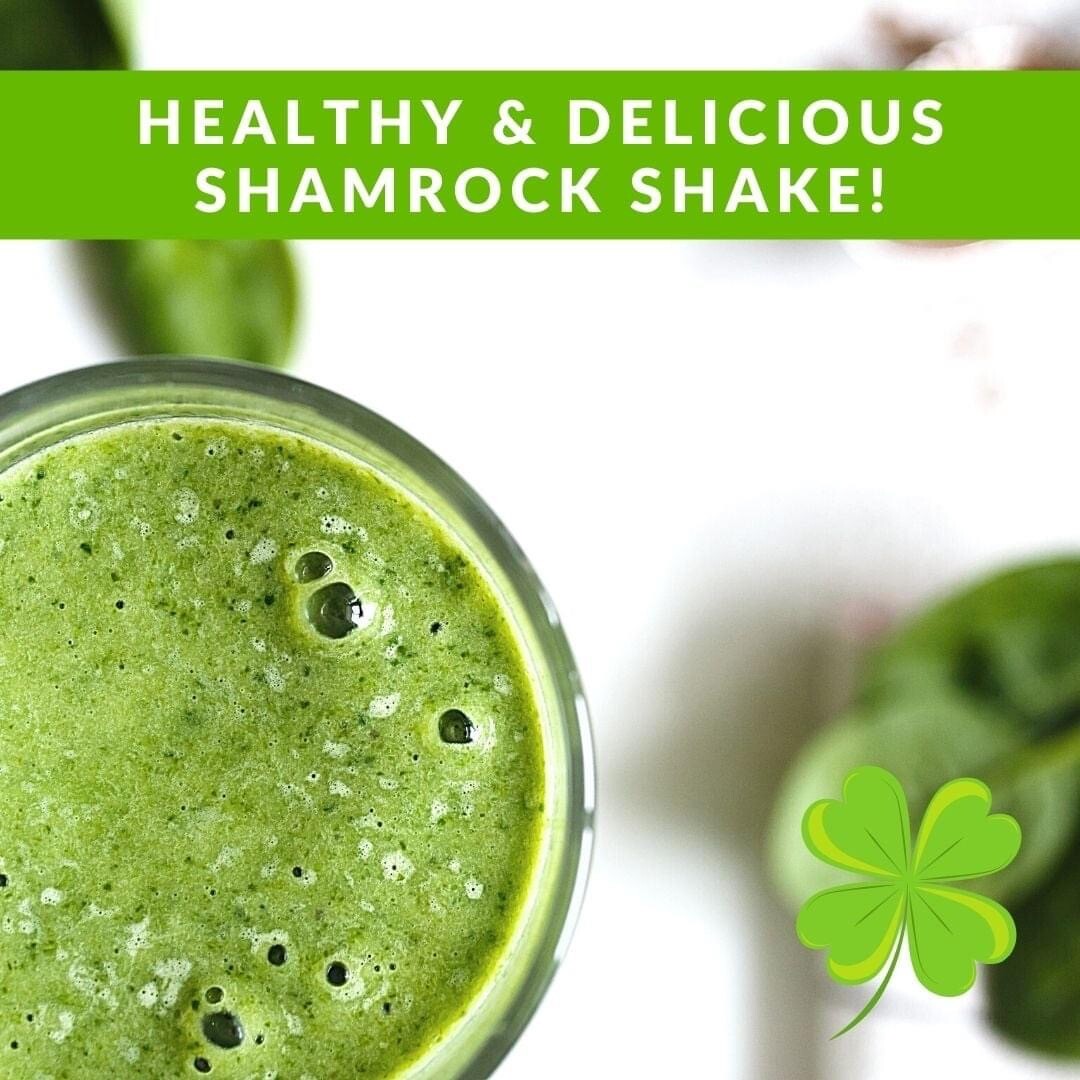
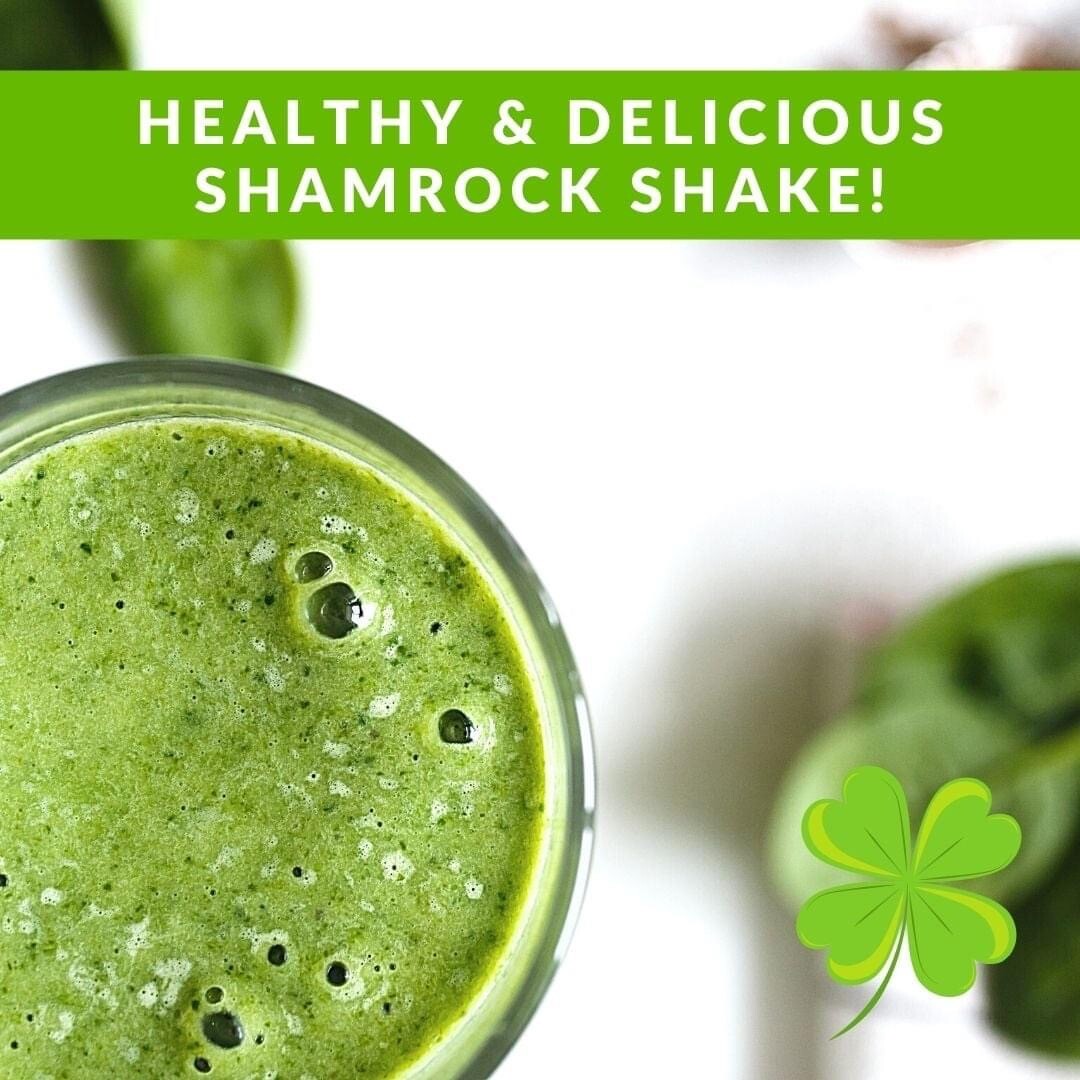
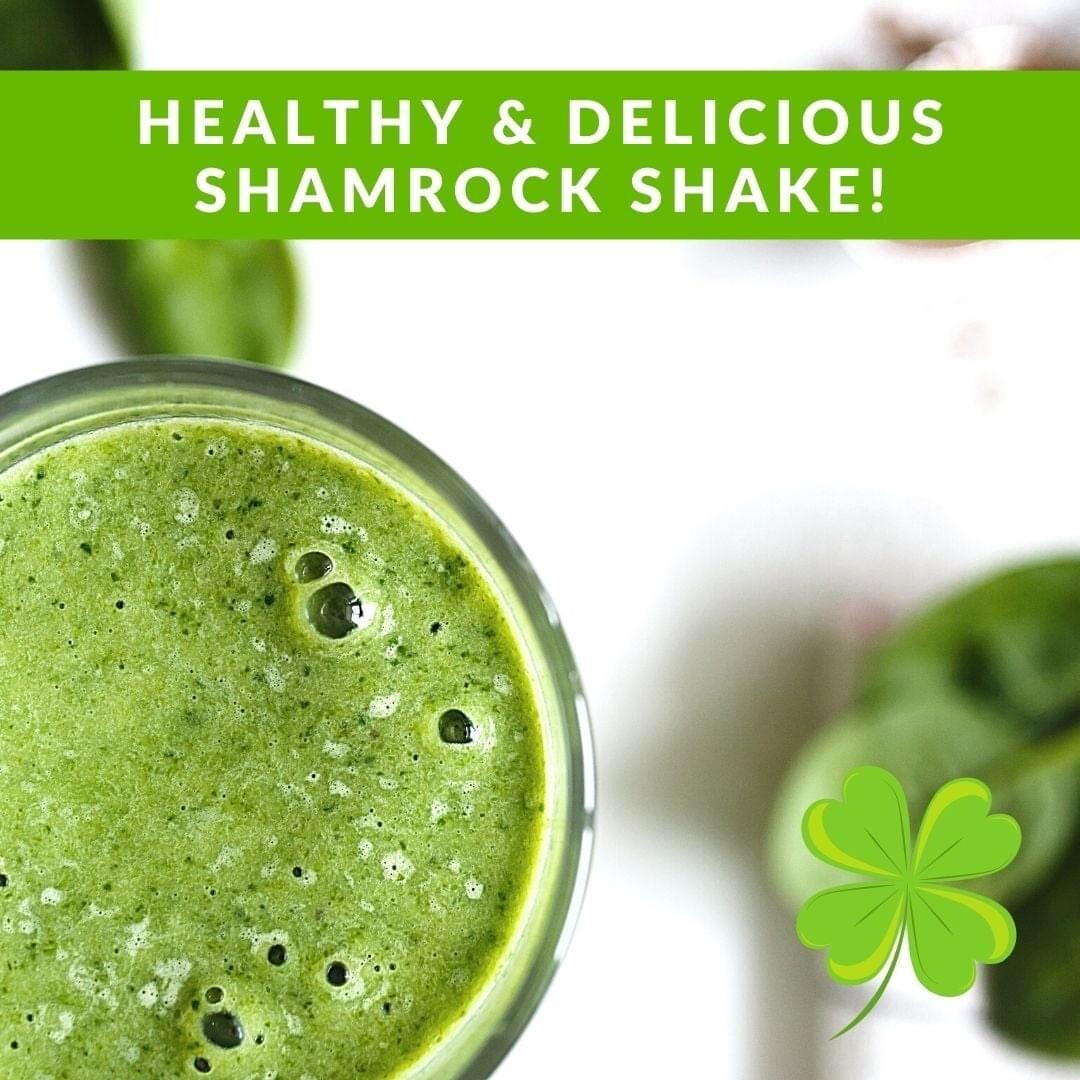
● 1 cup creamy oat milk (or cashew or almond)
● 1-2 handful of baby spinach
● ½ large frozen banana, sliced (I prefer half an avocado  )
)
● ¼ tsp pure peppermint extract (or 1 drop YL Vitality Peppermint Essential Oil)
● Sprinkle of cacao nibs
● OPTIONAL: 1 scoop of vanilla protein powder
● OPTIONAL: ¼ cup of Greek yogurt and/or 1 tbsp honey
Pour the oat milk into a high-speed blender and add the spinach. Blitz until well combined and then add the banana, peppermint extract, and optional ingredients. Blend until smooth. Pour into a tall glass over ice, and sprinkle with the cacao nibs. Yum!
Let us know if you make this...or if you change up the ingredients share with us!



Interested in ways to support your wellness with chemical-free options? Click HERE!


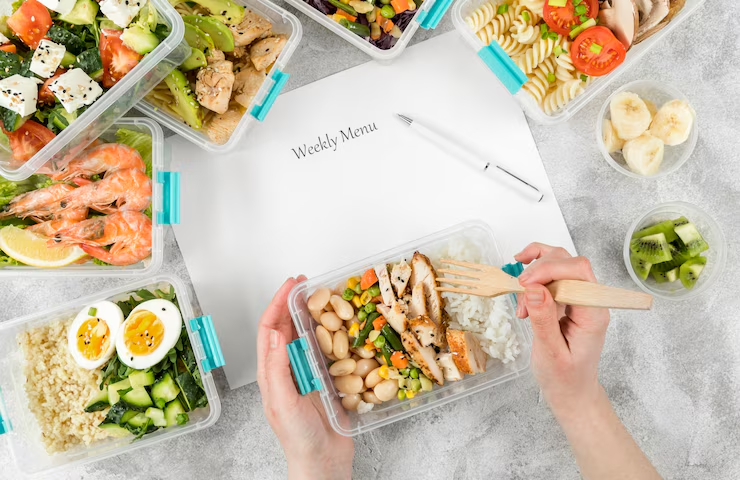
![Your new go-to snack for energy [print this out]](https://909c0d3efc63d4674cb4-62e8289cb2b35d2d929ba8c1b8f1d0d0.ssl.cf1.rackcdn.com/2106-6806f1495aa14.jpg)


